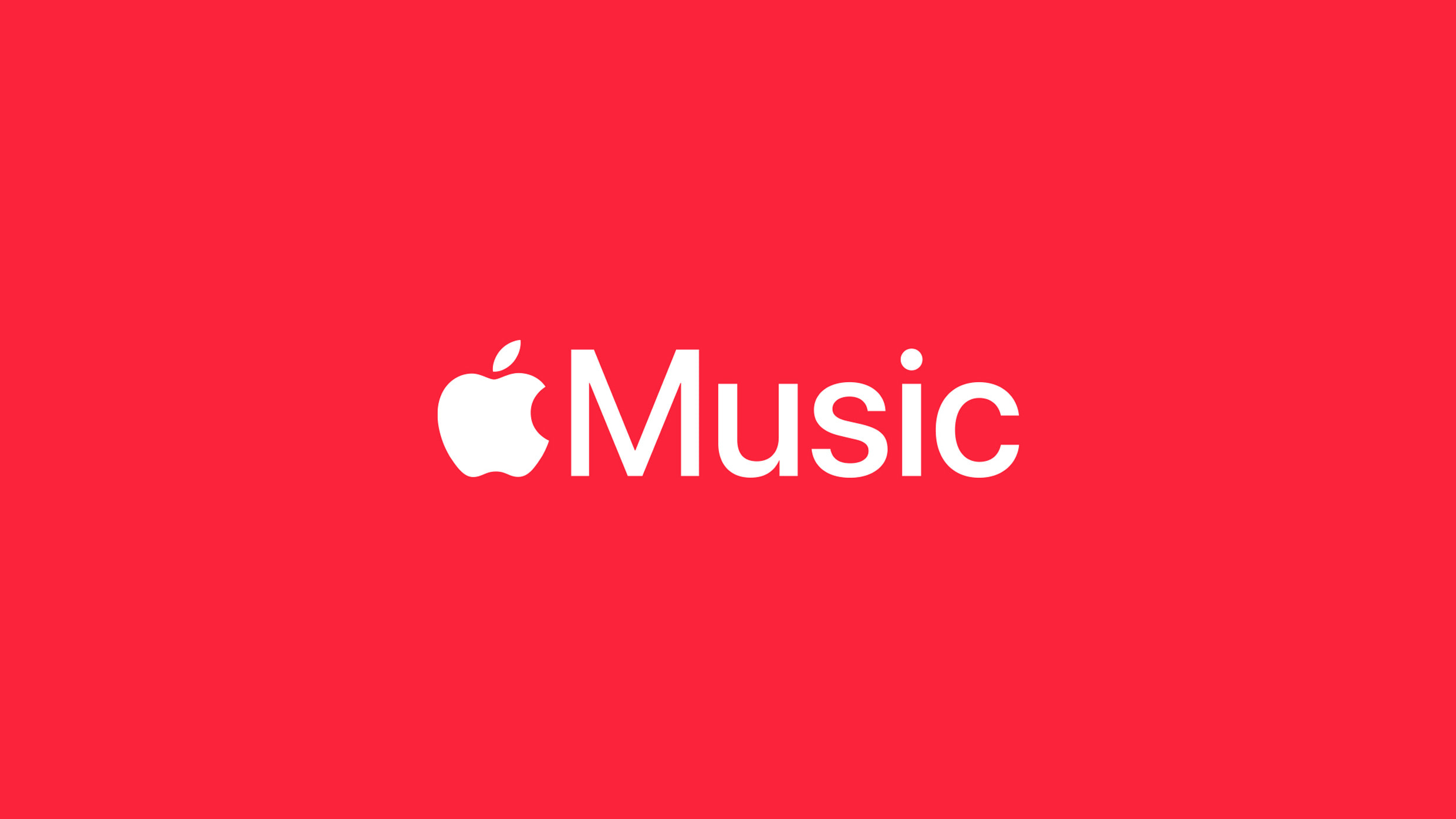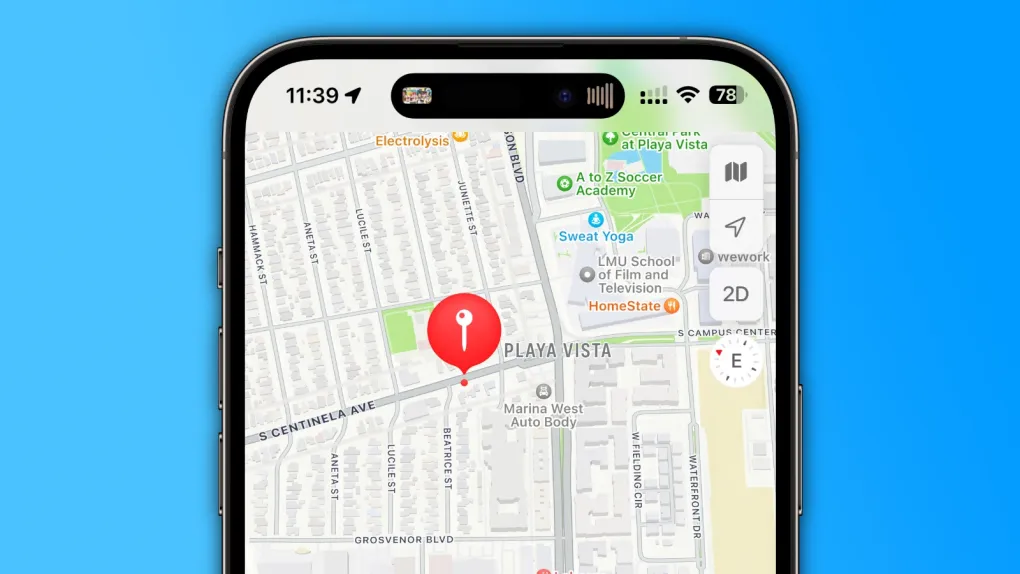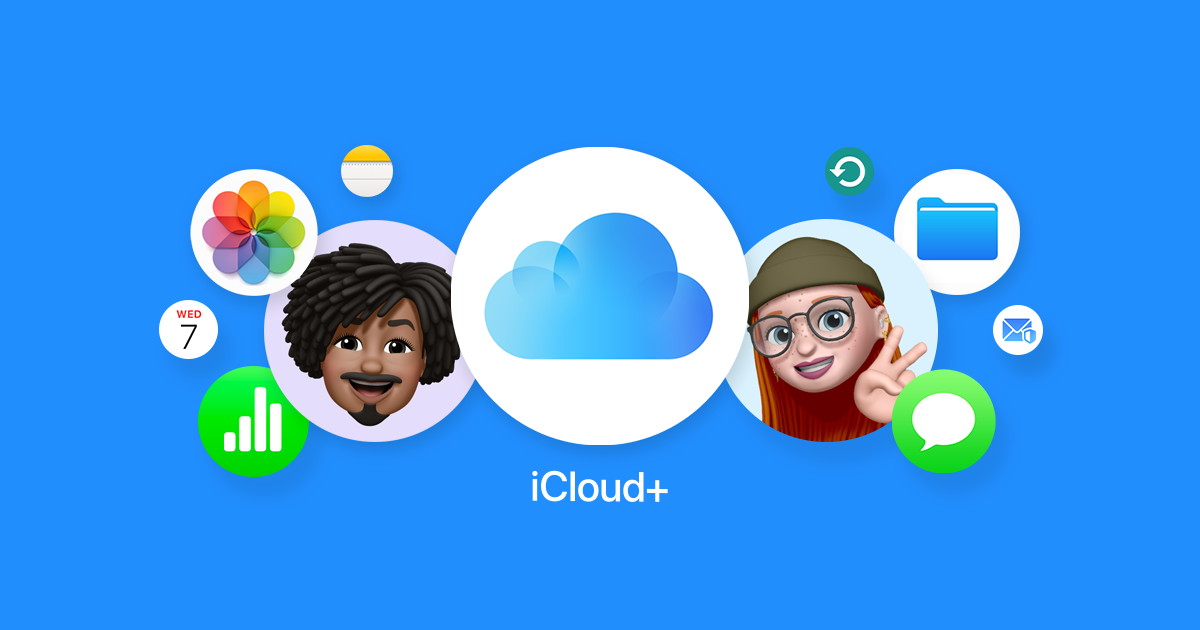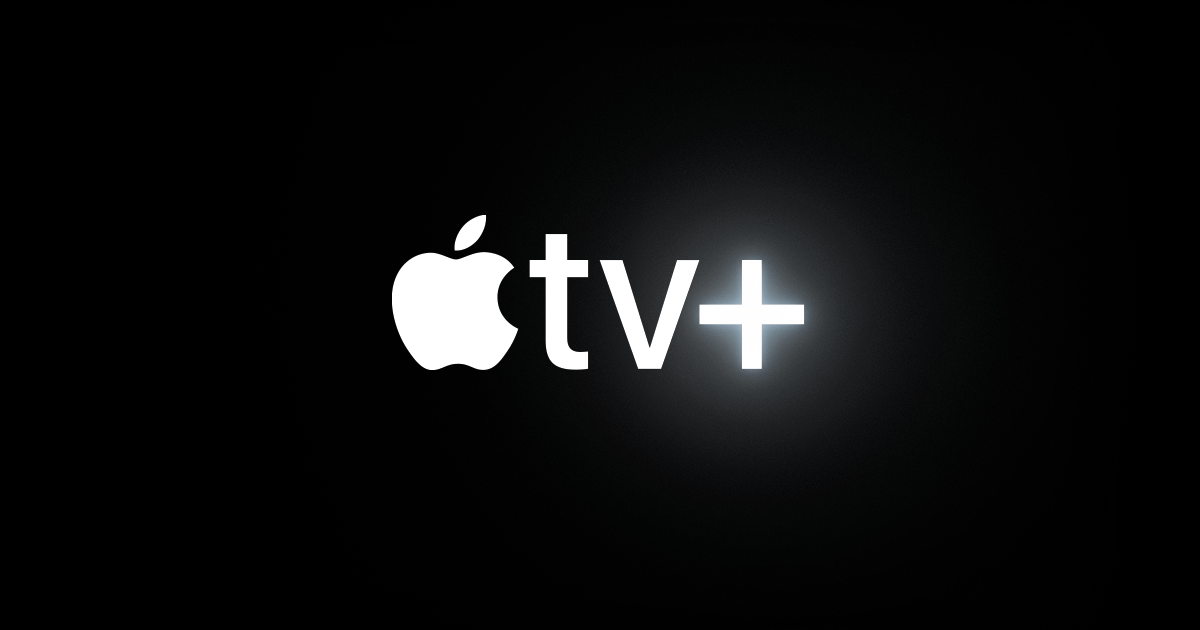Apple might not release its new smart home hub as soon as fans hoped. According to recent reports, the company is taking extra time to perfect this gadget, which is meant to control things like lights, thermostats, and locks in your home. The delay could mean waiting until late 2025 or even 2026 for it to hit stores.
This device is a big deal for Apple because it’s their first shot at a product designed just for smart homes. It’s expected to have a small screen, about six inches, and run on a new system called homeOS. Think of it like a mini command center that works with Siri to make your home smarter. It’ll compete with stuff like Amazon’s Echo Hub and Google’s Nest Hub.
The holdup seems to be about making sure everything works smoothly. Apple wants the hub to connect easily with other devices and be simple to use. They’re also adding some cool features, like a built-in speaker and support for video calls. But getting all this right takes time, and Apple doesn’t want to rush it.
For now, people excited about this gadget will have to wait a bit longer. Apple hasn’t said much officially, but the extra effort could mean a better product in the end. Fans are used to waiting for Apple to polish things up—think of how long it took for the Vision Pro headset to arrive.
So, while the delay might annoy some, it could be worth it if Apple delivers a top-notch smart home hub. Keep an eye out for updates as the company works to make this new device a game-changer for your home.







